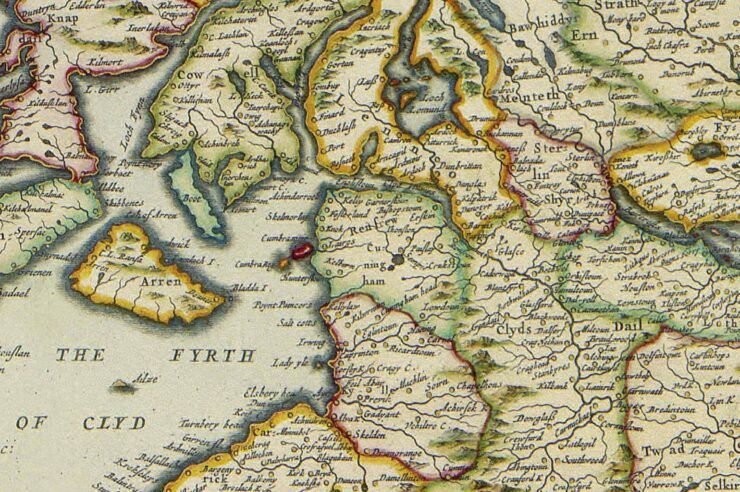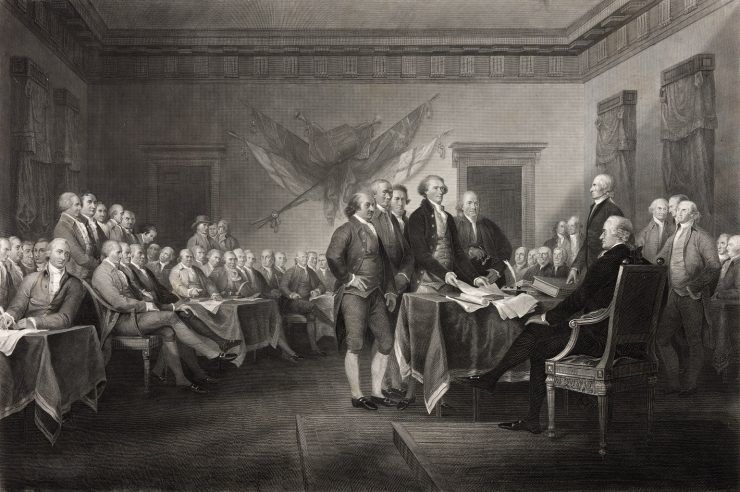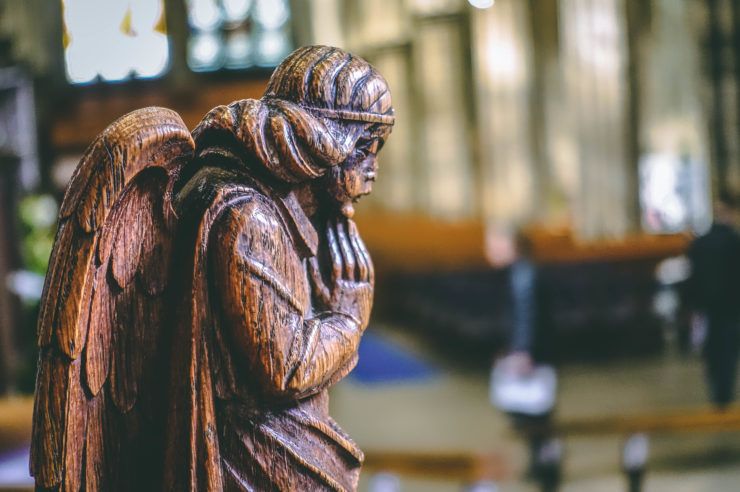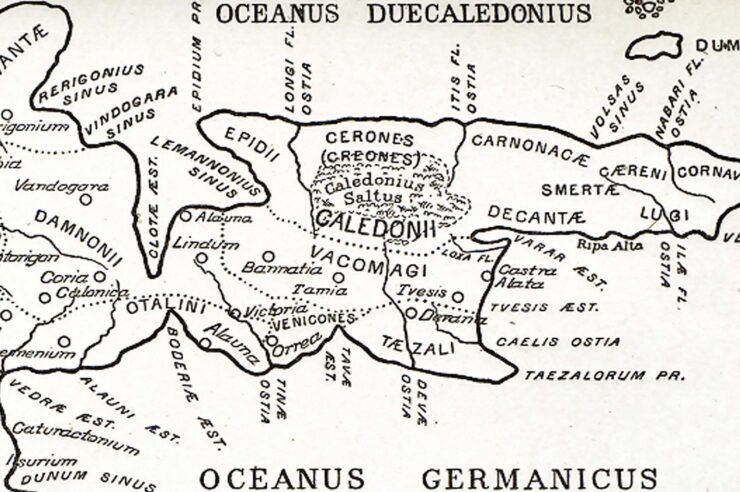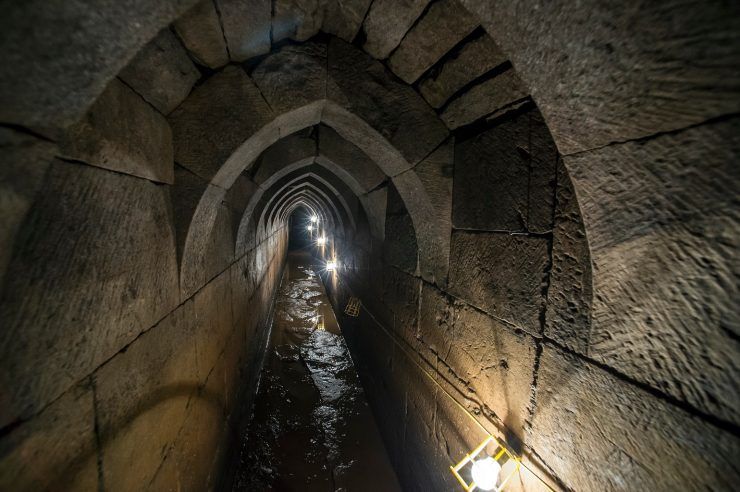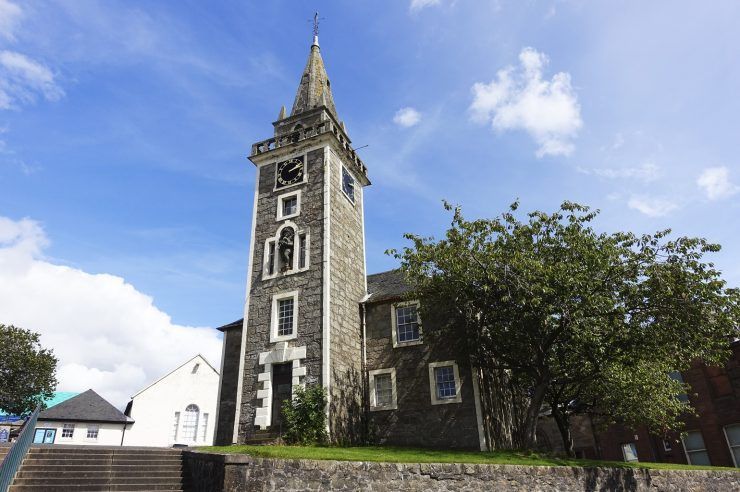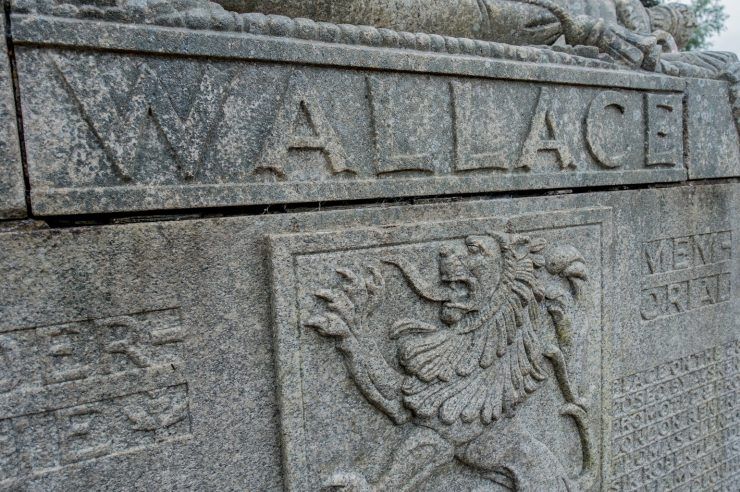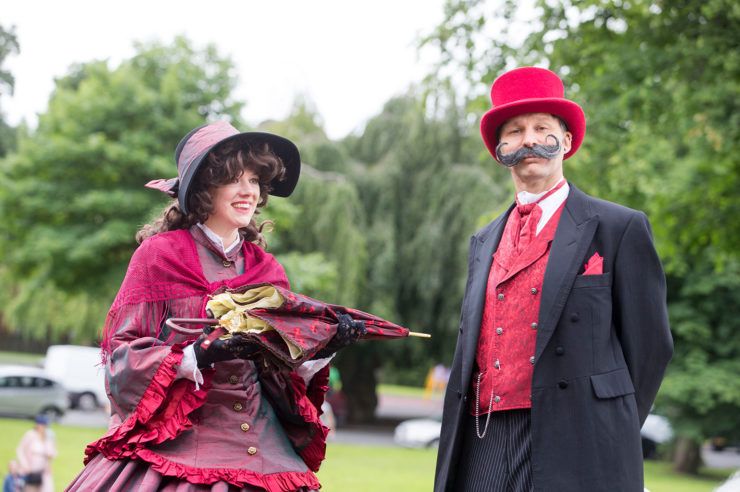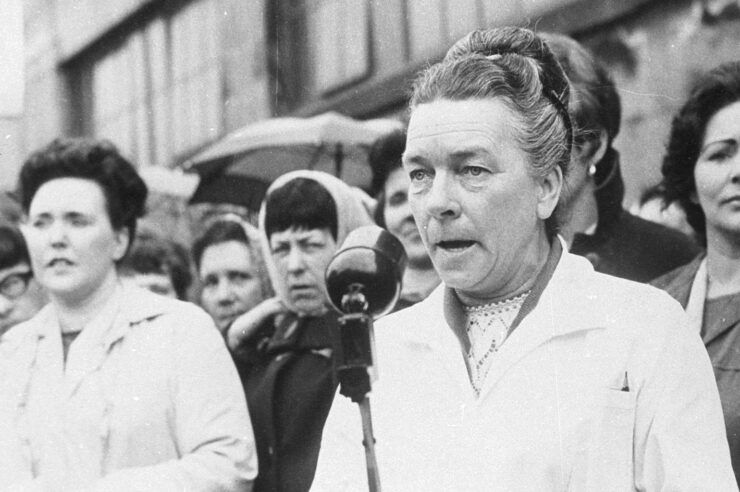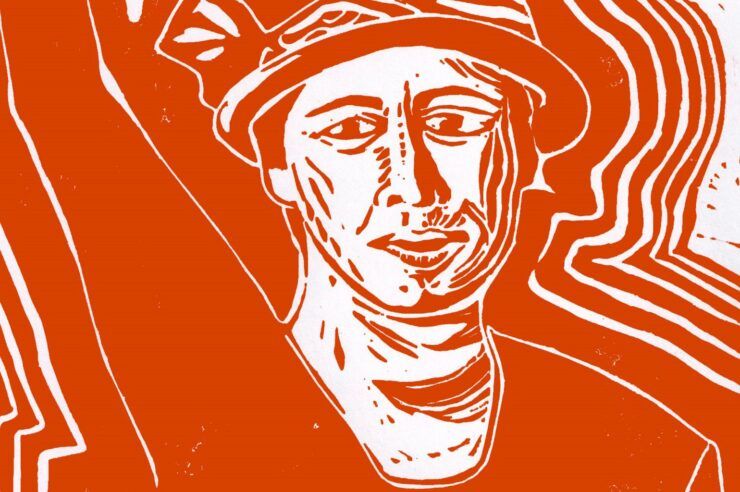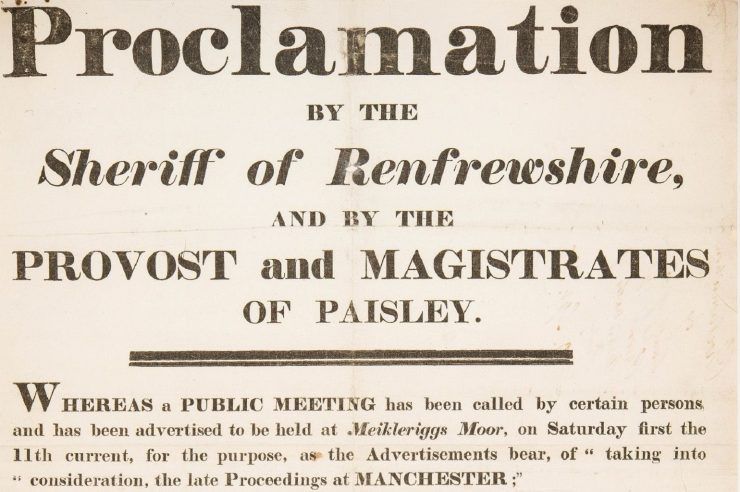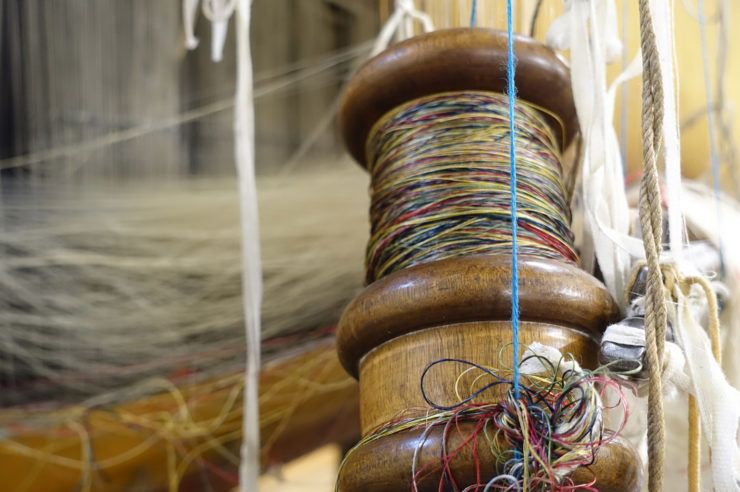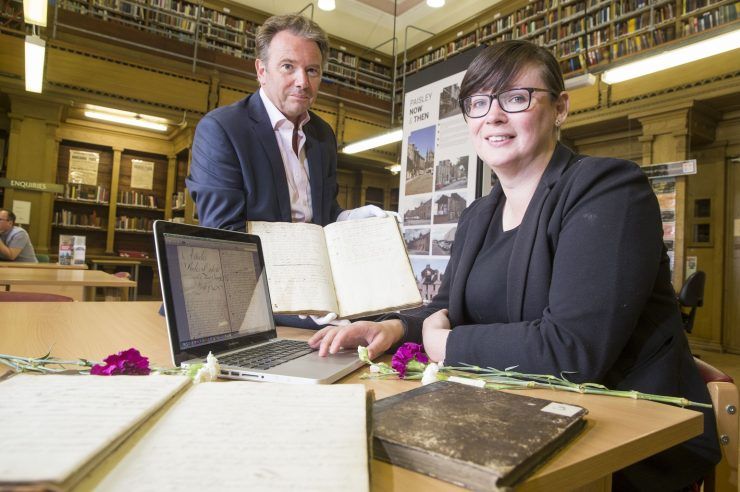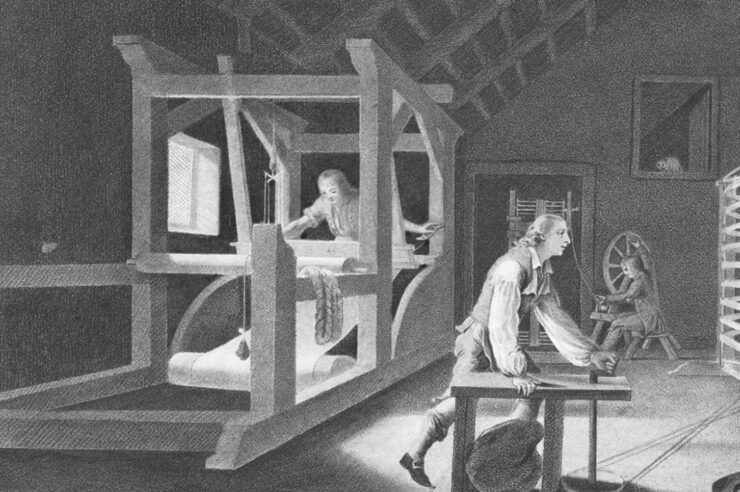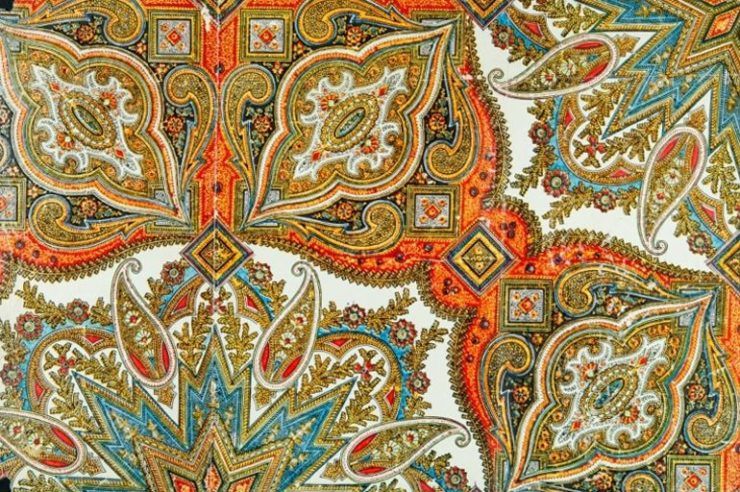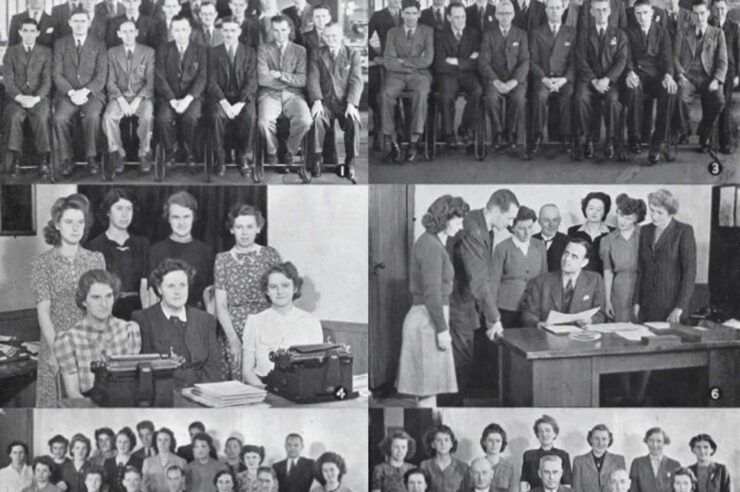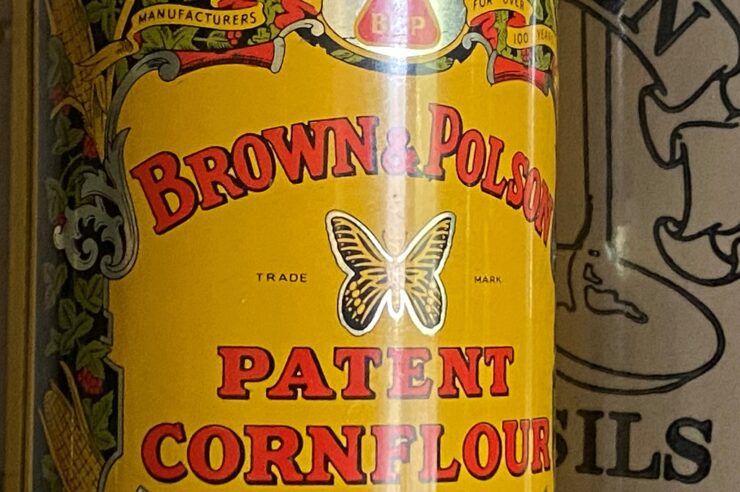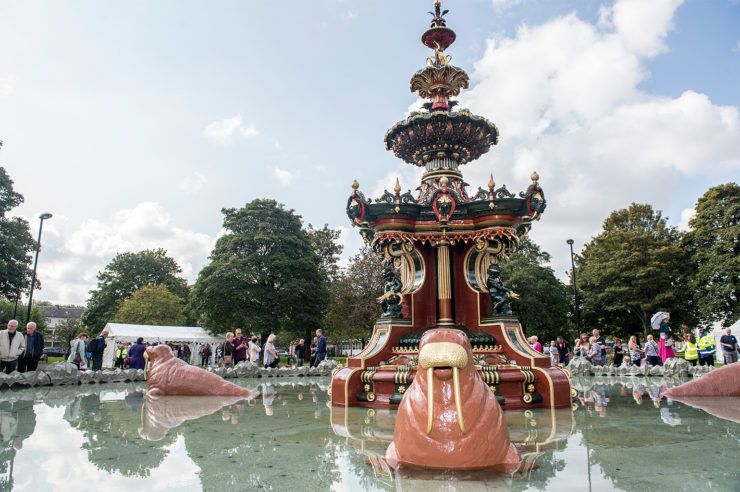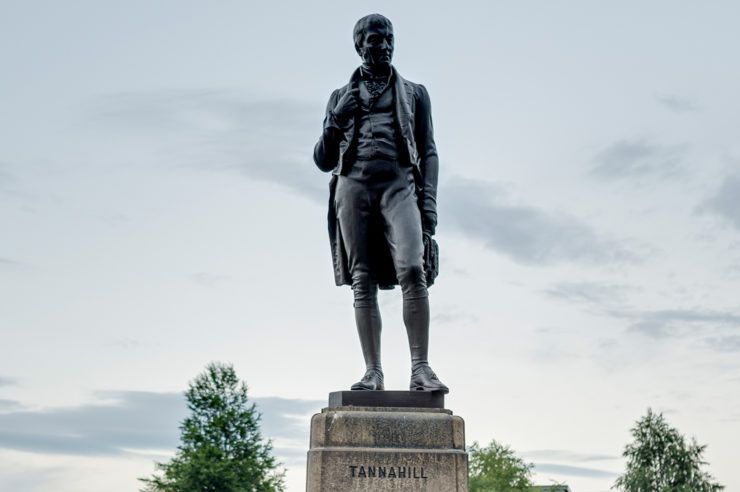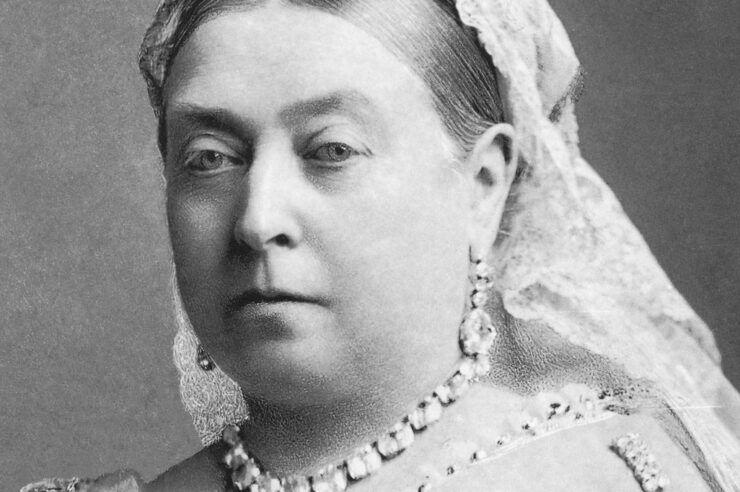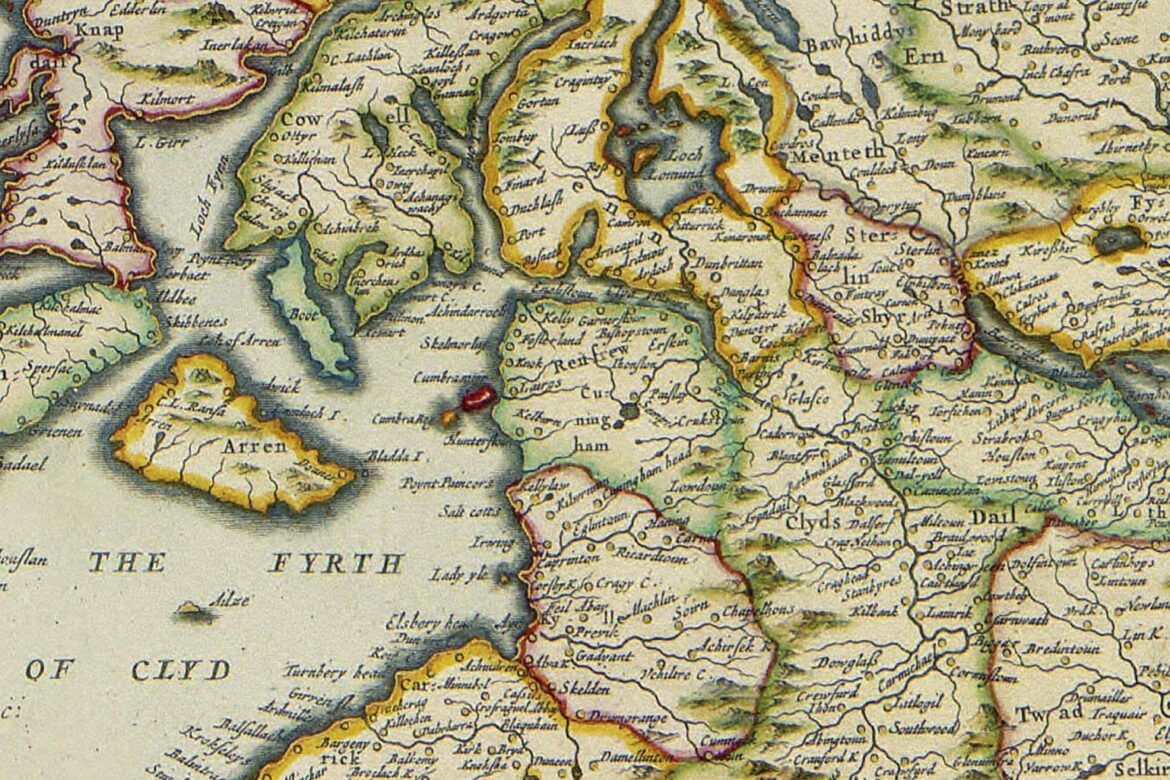The stories that shaped our place are remarkable. We’re writing new chapters in Renfrewshire’s story every day.
Community researchers working on the Renfrewshire Heritage website have found stories they want to celebrate.
From Romans in Renfrewshire to ancient families, monks and missionaries to famous pipers, our history stretches back thousands of years and is packed full of remarkable tales.
We’ve always stood up for ourselves and our bold and radical traditions are encapsulated in many of the stories you’ll read here. The textile revolution transformed Paisley and surrounding towns and villages – you can still see its legacy today when you walk around and take in our stunning architectural heritage.
It’s not all ancient history! From the landmark case of the slug in a bottle to the remarkable story of Paisley’s punk scene, our stories continue to influence the world and make people take notice!
You can enjoy reading the stories that shaped our place below.
You might also enjoy reading more about the people who shaped our place.
Make sure that you pay us a visit one day. We’d love to share our story with you.
